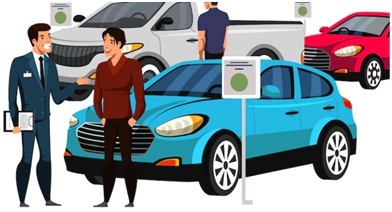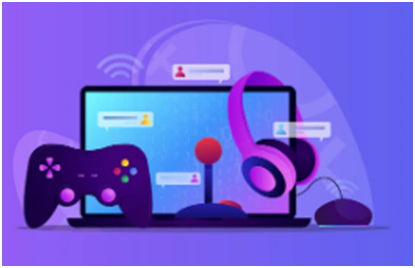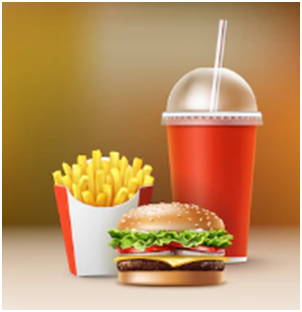Meaning of Business Model
5 types of Business Models
Examples
A business model is a plan for how a company will generate revenue and make a profit. It outlines the products or services the business will offer, the target customer base, and the channels through which the company will sell its products or services. There are many different types of business models, the company will choose the business model depending on a variety of factors such as the industry it operates in, the target market, and the resources available to the business.
Here are a few types & examples of different business models:
1. Manufacturing and Sales:
This is a common business model in which a company manufactures a product and
then sells it to customers.
A car manufacturer that produces cars and then sells them to car dealers or directly to consumers.
In
this example, the furniture manufacturer is using a manufacturing and sales
business model because they are producing furniture pieces and then selling them to
customers. The company controls both the production process and the
distribution of the finished products.
2. 2. Subscription: In a subscription business model, customers pay a recurring fee to access a product or service. Here, a company provides a product or service on a recurring basis in exchange for a regular fee. Customers pay a set amount at regular intervals, such as monthly or annually, in order to access the product or service. This model is often used for products or services that customers use on an ongoing basis, such as software, streaming services, or magazines.
Example 1 : A music streaming service, where users pay a
monthly fee to listen to music.
In this example, the software company is using a subscription business model because they are providing access to their product on a recurring basis in exchange for a regular fee. Customers pay a set amount at regular intervals in order to use the software.
3. E-commerce: An e-commerce business model involves selling products or services online. An e-commerce business model is a type of business model that involves the buying and selling of products or services over the internet. E-commerce businesses can take a variety of forms, such as online retail stores, marketplaces, or subscription-based models. Some e-commerce businesses manufacture their own products, while others act as intermediaries and sell products made by other companies.
In an e-commerce business, customers can browse and purchase products online, either directly from the company's website or through a third-party platform such as Amazon or eBay. Payment is typically made using a credit card or other electronic payment method, and the purchased products are shipped to the customer's address.
E-commerce has become increasingly popular in recent years due to the convenience it offers customers and the ability for businesses to reach a global market. Some examples of e-commerce businesses include Amazon, and Netflix.
Example 1 : Amazon, which allows customers to purchase a wide variety
of products online and have them shipped to them.
In this example, the online clothing retailer is using an e-commerce business model because they are selling products over the internet. Customers can browse and purchase products online, and the company uses electronic payment methods to process the transactions.
4. 4. Freemium: The freemium business model is a pricing strategy in which a product or service is offered for free, but additional features or functionality are available for a fee. The goal of the freemium model is to attract a large number of users with the free offering, and then later earn a portion of those users by up selling them to the paid version. This model is often used for digital products or services, such as software, mobile apps, or online games.
Example : A mobile game developer creates a puzzle game that is available to download for free on the App Store. The game includes a basic set of levels that are available to all players, but also offers additional levels and power-ups that can be purchased with real money. Players who enjoy the game and want to access the additional content can choose to make in-app purchases to unlock it.
In this example, the mobile game developer is using a freemium business model because they are offering the basic game for free, but charging for additional features and content. The goal is to attract a large number of players with the free offering, and then earn a portion from those players by selling them additional content.
5. 5. Franchise: In a franchise business model, a company licenses its brand and business model to individual franchisees, who then operate their own business using the company's systems and products.
Example : Food chains, which licenses its brand and business model to
individual franchisees who operate food chain restaurants.
Designed by Freepik










No comments:
Post a Comment